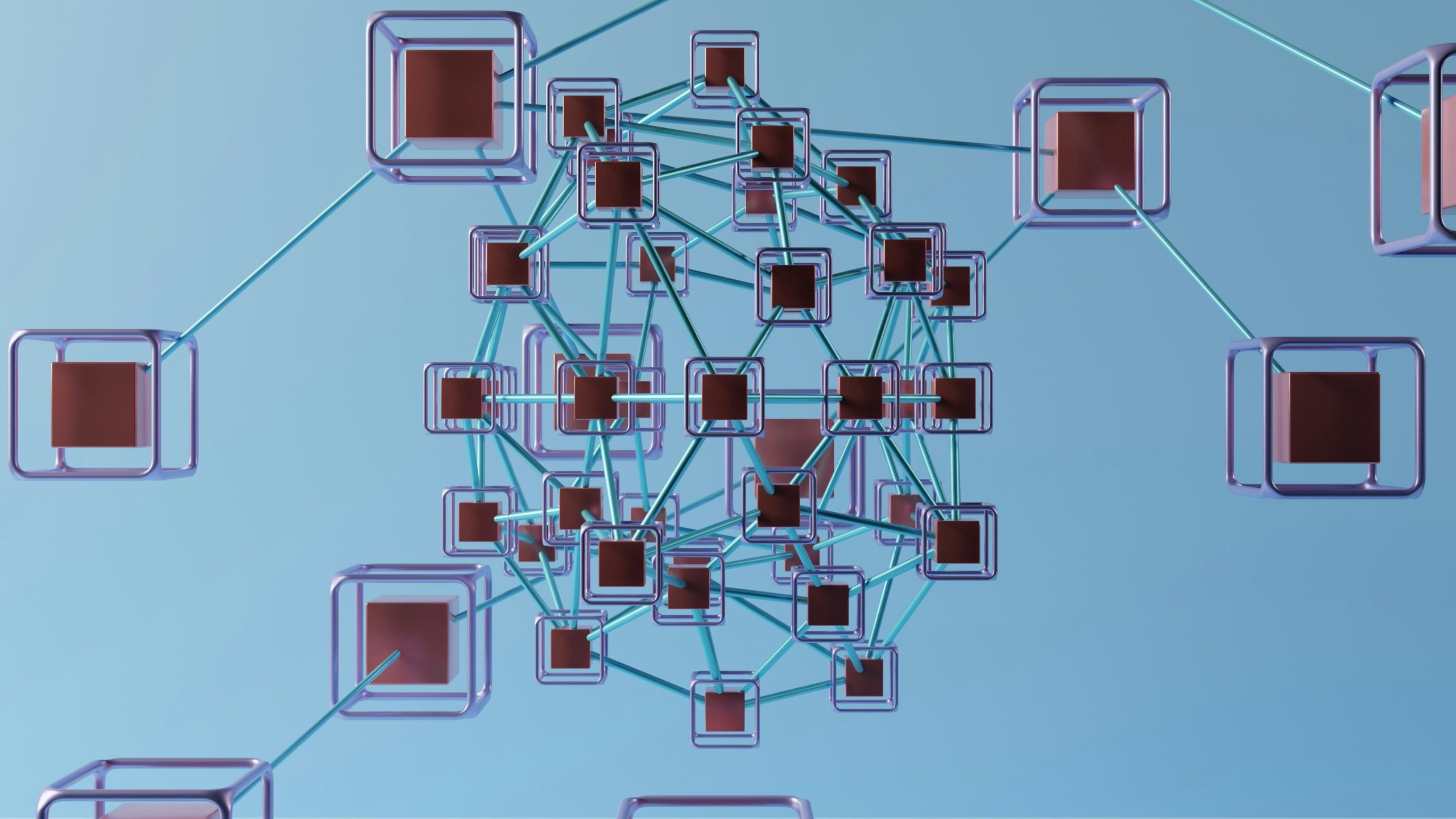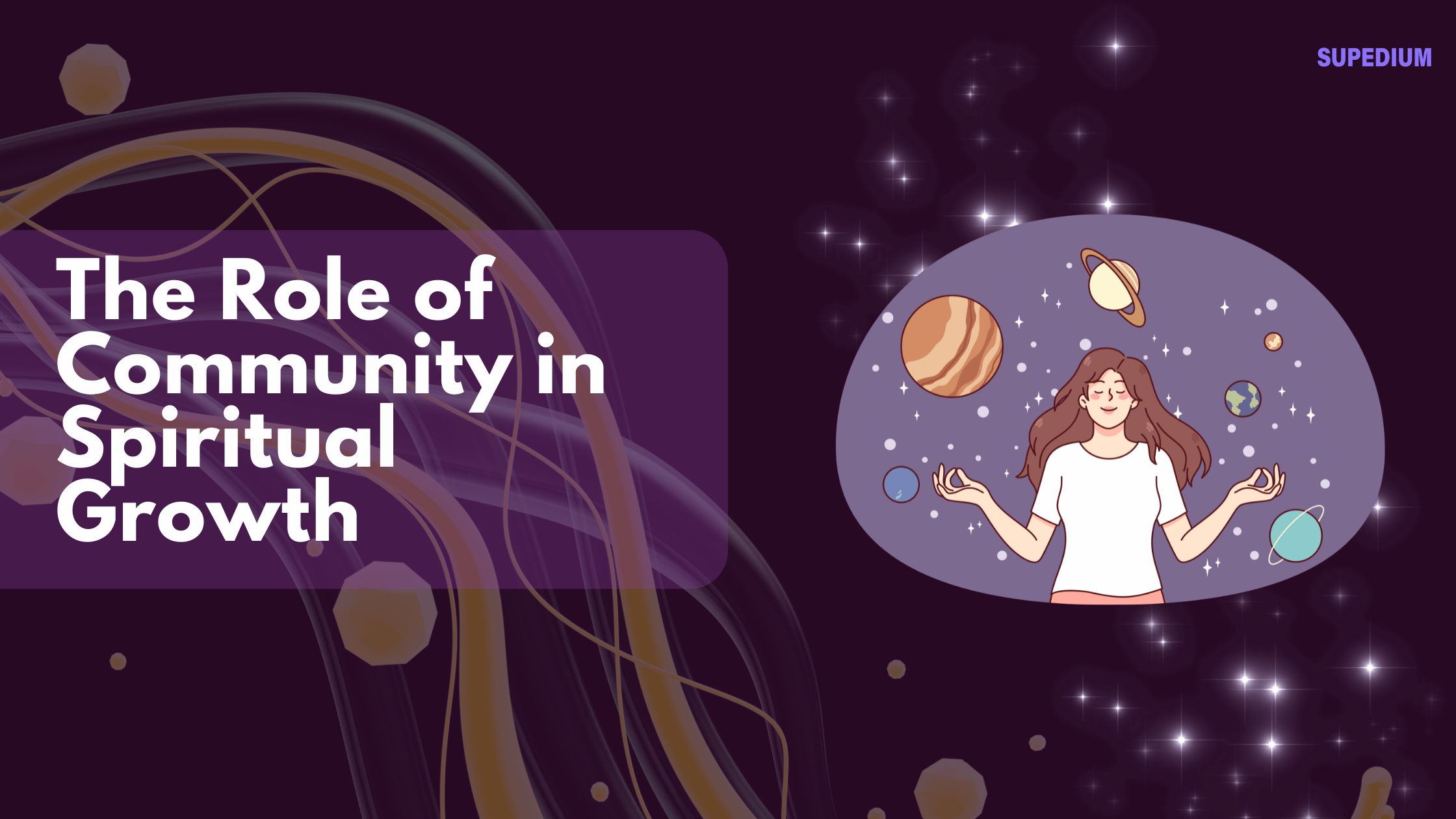Table of Contents
![]()
The evolution of the World Wide Web has brought us to a transformative phase known as Web3. This new generation of the internet is built on principles that challenge the traditional models of digital interaction, promising enhanced security, user empowerment, and innovative applications. Understanding Web3 requires a look at its fundamental concepts, technologies, advantages, and the challenges it faces.
Introduction to Web3
Web3 represents the third generation of the World Wide Web, distinct from its predecessors, Web1 and Web2. Web1, the first generation, was characterized by static, read-only websites. Users could view content but had limited interaction. Web2 introduced interactivity and user-generated content, leading to the rise of social media platforms and dynamic web applications. Web3 seeks to build on this by introducing decentralization and advanced technologies that aim to shift control from centralized entities to individuals.
The motivation behind Web3 stems from a desire to address the limitations and challenges of Web2, particularly issues related to data privacy, security, and centralized control. By leveraging new technologies, Web3 envisions a more user-centric and resilient internet.
Core Concepts of Web3
Decentralization
At the heart of Web3 is decentralization. Unlike Web2, where data and control are concentrated in the hands of a few large corporations, Web3 aims to distribute power across a network of participants. This shift is achieved through technologies like blockchain, which ensures that no single entity has control over the entire system. Decentralization enhances transparency and reduces the risk of censorship and data breaches.
Blockchain Technology
Blockchain technology is foundational to Web3. A blockchain is a distributed ledger that records transactions across many computers in a way that ensures the data cannot be altered retroactively. This technology underpins Web3 by providing a secure and transparent way to record and verify transactions. Key components of a blockchain include blocks (units of data), chains (linked blocks), and consensus mechanisms (protocols for validating transactions).
Smart Contracts
Smart contracts are self-executing contracts with the terms of the agreement directly written into code. These contracts run on blockchain platforms like Ethereum and automatically enforce and execute the terms when predefined conditions are met. Smart contracts eliminate the need for intermediaries, reduce costs, and increase efficiency in various processes, from financial transactions to supply chain management.
Cryptocurrencies and Tokens
Cryptocurrencies are digital or virtual currencies that use cryptography for security and operate independently of a central authority. Bitcoin and Ethereum are prominent examples. In addition to cryptocurrencies, Web3 introduces tokens, which can represent various assets or utilities within the ecosystem. For instance, ERC-20 tokens are a standard for creating and issuing smart contracts on the Ethereum blockchain.
Decentralized Applications (dApps)
Decentralized Applications, or dApps, are applications that run on a blockchain network rather than on centralized servers. They leverage smart contracts to function autonomously and transparently. Unlike traditional apps, dApps are resistant to censorship and provide users with greater control over their data. Popular examples include decentralized finance platforms and peer-to-peer marketplaces.
Web3 Technologies
Decentralized Finance (DeFi)
Decentralized Finance, or DeFi, aims to recreate traditional financial systems such as lending, borrowing, and trading on blockchain networks. By removing intermediaries like banks, DeFi platforms offer greater accessibility and lower costs. Users can participate in financial activities directly through smart contracts, enhancing financial inclusion and innovation.
Non-Fungible Tokens (NFTs)
Non-Fungible Tokens (NFTs) are unique digital assets that represent ownership of specific items or content, such as digital art, collectibles, or virtual real estate. Unlike cryptocurrencies, which are interchangeable, NFTs are one-of-a-kind. They have gained popularity for their role in digital art and entertainment, providing creators with new revenue streams and enabling new forms of ownership and engagement.
Decentralized Autonomous Organizations (DAOs)
Decentralized Autonomous Organizations (DAOs) are organizations governed by smart contracts and operated by their members, rather than by a central authority. DAOs use blockchain to facilitate transparent decision-making processes and manage funds. They represent a novel approach to organizational governance, allowing for more democratic and decentralized decision-making.
Interoperability
Interoperability refers to the ability of different blockchain networks and protocols to work together seamlessly. Web3 aims to enhance interoperability to allow for smoother interactions between various decentralized systems. Solutions like Polkadot and Cosmos focus on creating bridges between blockchains, facilitating data and value transfer across different networks and expanding the overall functionality of the ecosystem.
Advantages of Web3
Enhanced Security and Privacy
Web3 enhances security and privacy by decentralizing data storage and control. Users have more control over their personal data, reducing the risk of large-scale breaches and misuse. Blockchain technology provides robust security features, such as cryptographic encryption and immutable records, which contribute to a more secure digital environment.
Empowerment of Users
Web3 empowers users by giving them ownership and control over their digital assets and data. Instead of relying on intermediaries, users can interact directly with platforms and services. This shift enables new business models and opportunities for individuals to participate more fully in the digital economy.
Innovation and New Opportunities
Web3 fosters innovation by enabling the creation of new types of applications and services. The decentralized nature of Web3 opens up opportunities for novel business models and technologies. From DeFi to NFTs, Web3 is driving advancements across various sectors, including finance, art, and entertainment.
Challenges and Criticisms of Web3
Scalability Issues
One of the significant challenges facing Web3 is scalability. Blockchain networks, particularly those using proof-of-work consensus mechanisms, can struggle with high transaction volumes and slow processing times. Solutions such as layer-2 scaling technologies and alternative consensus mechanisms are being explored to address these limitations and improve network performance.
Regulatory and Legal Concerns
The regulatory landscape for Web3 is still evolving. Governments and regulatory bodies are grappling with how to address the legal implications of decentralized technologies. Issues such as cryptocurrency regulation, tax treatment, and compliance with existing laws pose challenges for the Web3 ecosystem. Clarity and consistency in regulation will be crucial for the long-term success of Web3 technologies.
Usability and Adoption
Despite its potential, Web3 faces challenges related to usability and adoption. Many Web3 applications require a level of technical understanding that can be a barrier for mainstream users. Efforts to simplify user interfaces and improve accessibility are ongoing, but widespread adoption will depend on making Web3 technologies more user-friendly and integrating them with existing systems.
Environmental Impact
The environmental impact of blockchain technology, particularly proof-of-work blockchains, has raised concerns due to high energy consumption. The debate over the environmental footprint of cryptocurrencies and their mining processes highlights the need for more sustainable practices. Initiatives to develop energy-efficient consensus mechanisms and promote greener alternatives are crucial for addressing these concerns.
Future of Web3
Potential Developments
The future of Web3 holds significant promise for technological advancements and new innovations. Continued development in areas such as blockchain scalability, interoperability, and user experience will shape the next phase of Web3. Emerging trends, such as the integration of artificial intelligence and advanced cryptographic techniques, could further enhance the capabilities of Web3 technologies.
Integration with Web2
As Web3 continues to evolve, there may be opportunities for integration with Web2 technologies. Hybrid models that combine elements of both Web2 and Web3 could provide transitional solutions and enable a smoother shift toward a more decentralized internet. Collaboration between traditional and decentralized systems may drive the growth and acceptance of Web3 technologies.
Vision for the Web3 Ecosystem
The vision for the Web3 ecosystem is to create a more open, equitable, and user-centric internet. By decentralizing control and empowering individuals, Web3 aims to foster innovation, enhance security, and provide new opportunities for participation in the digital economy. The successful realization of this vision will depend on overcoming current challenges and continuing to advance the technology and its applications.
Conclusion
Web3 represents a significant shift in the evolution of the internet, characterized by decentralization, blockchain technology, and a range of innovative applications. While it offers numerous advantages, such as enhanced security, user empowerment, and new opportunities, it also faces challenges related to scalability, regulation, and adoption. As Web3 continues to develop, it holds the potential to transform the digital landscape and shape the future of online interaction. Understanding and engaging with Web3 technologies will be crucial for navigating this evolving landscape and harnessing its benefits.
Share This





Be the first to comment